Depressed About Flat U.S. Car Sales and the Death of the Sedan? Will 90 Million Units Globally Cheer You Up?

While it’s definitely not the same doom and gloom vibe felt around the domestic auto industry as it was financially circling the drain in 2008, headlines in the new year seem to forecast storm clouds on the horizon.
After nearly a decade of sales growth, the American market for passenger cars and light trucks flattened out in 2017. Actually, sales didn’t just flatten in the U.S., they dropped 1.75 percent for the year. Not only has the overall U.S. market shrunk, we’re seeing predictions of the death of an entire segment of that market, the sedan — a segment that has pretty much defined the American automotive world for a century. It’s one thing for an iconoclastic website like TTAC to be talking about a sedan deathwatch, but when that prediction is on the front page of the Detroit News, with reports that Ford may very well stop building sedans in America and that Buick sedan sales have been cut in half over the past year, people will take notice.
I’m not here to depress you, though. Despite the gloomy cast to things, in reality the automotive industry as a whole is doing very well.
Also, while the U.S. market has plateaued, growth in the rest of the world has propelled global new car and light truck sales beyond the 90 million-unit mark for the first time in history. Based on data provided by Wards, the Wall Street Journal reports that global light vehicle sales went up 2.7 percent in 2017, exceeding population growth. More and more of the world’s people have access to automotive vehicles. There are now more than 1.33 billion cars and light trucks in use in the world, about one for every five people on the planet.
Part of that story is, of course, in China, now the biggest automotive market in the world. More than a quarter of the new cars and light trucks sold in 2017 were sold in the former Middle Kingdom. China is now home to some of the fastest-growing automakers in the world. In 2016, for example, privately held Geely saw its sales grow by double digits, 28 percent, and state-linked SAIC, one of GM’s partners in China, saw its sales grow that year by triple digits, 115 percent. Dave Zoia of Wards attributes the expansion of the Chinese market to sales growth in second- and third-tier cities, as the markets in cities like Shanghai and Beijing mature.
China isn’t the entire story, though. Three other important markets, one established, the other two relatively new, saw growth in 2017. After years of stagnation and the Euro debt crisis, it looks like the European car market has finally recovered and is started to grow again. Two newer markets, Russia and Latin America, which had formerly been seen as having potential for great growth but then went through their own challenges, are also growing again. The Journal attributes that renewed strength to income growth in emerging markets, resulting in a growing number of first-time buyers for both new and used cars.
This is not to say there aren’t challenges facing the auto industry. Massive investments will be needed to develop electric and autonomous vehicles, and the industry as a whole has to address cultural shifts away from privately owned vehicles and towards ride sharing and “mobility.” That being said, as we enter 2018, the industry as a whole looks to be healthy and growing.
[Images: Toyota, OICA (graph includes commercial vehicle sales)]

Ronnie Schreiber edits Cars In Depth, the original 3D car site.
More by Ronnie Schreiber
Latest Car Reviews
Read moreLatest Product Reviews
Read moreRecent Comments
- Corey Lewis It's not competitive against others in the class, as my review discussed. https://www.thetruthaboutcars.com/cars/chevrolet/rental-review-the-2023-chevrolet-malibu-last-domestic-midsize-standing-44502760
- Turbo Is Black Magic My wife had one of these back in 06, did a ton of work to it… supercharger, full exhaust, full suspension.. it was a blast to drive even though it was still hilariously slow. Great for drive in nights, open the hatch fold the seats flat and just relax.Also this thing is a great example of how far we have come in crash safety even since just 2005… go look at these old crash tests now and I cringe at what a modern electric tank would do to this thing.
- MaintenanceCosts Whenever the topic of the xB comes up…Me: "The style is fun. The combination of the box shape and the aggressive detailing is very JDM."Wife: "Those are ghetto."Me: "They're smaller than a Corolla outside and have the space of a RAV4 inside."Wife: "Those are ghetto."Me: "They're kind of fun to drive with a stick."Wife: "Those are ghetto."It's one of a few cars (including its fellow box, the Ford Flex) on which we will just never see eye to eye.
- Oberkanone The alternative is a more expensive SUV. Yes, it will be missed.
- Ajla I did like this one.





















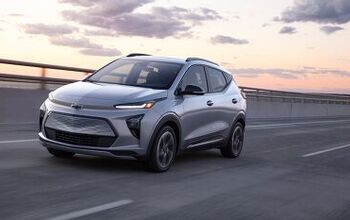
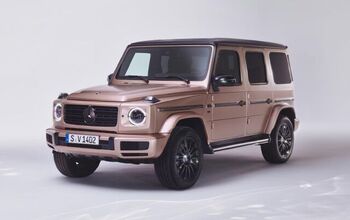
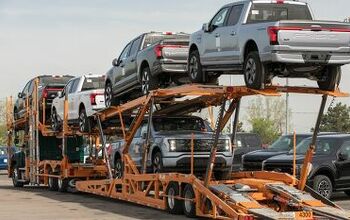
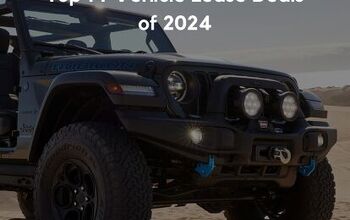


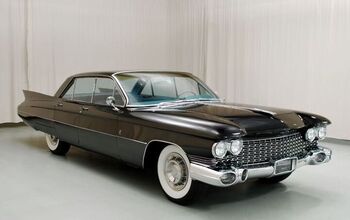
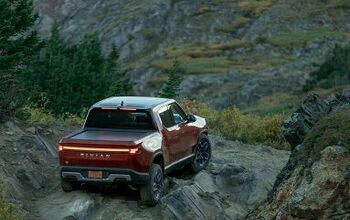


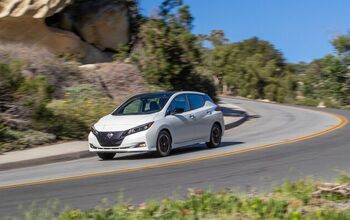
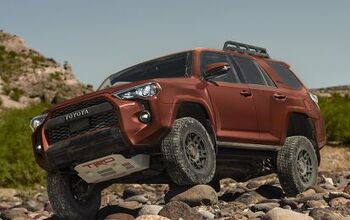
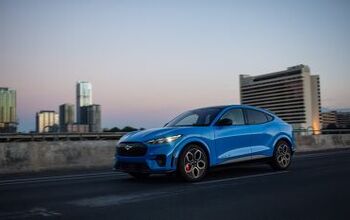
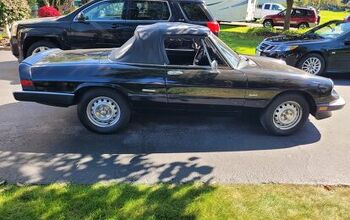
Comments
Join the conversation
The sedan vs. CUV debate is dumb. I own a sedan and a CUV. Why? Because if I am going to Home Depot, the CUV can carry the goods home. If I am driving hundreds of miles, the CUV is just dangerous at high speeds maneuvers so I take the sedan. I need both vehicles.
clickbait. sorry guys, slightly declining sales and people buying less sedans is only a minor news blip, not some grand conspiracy.